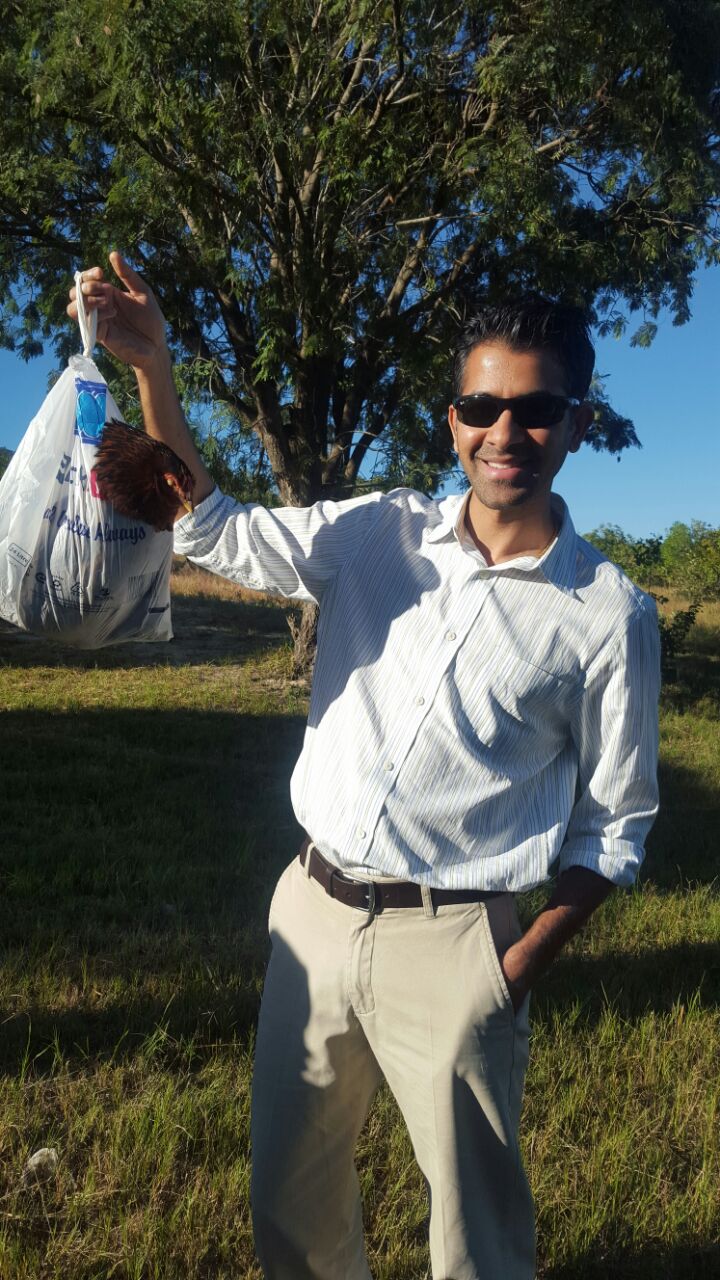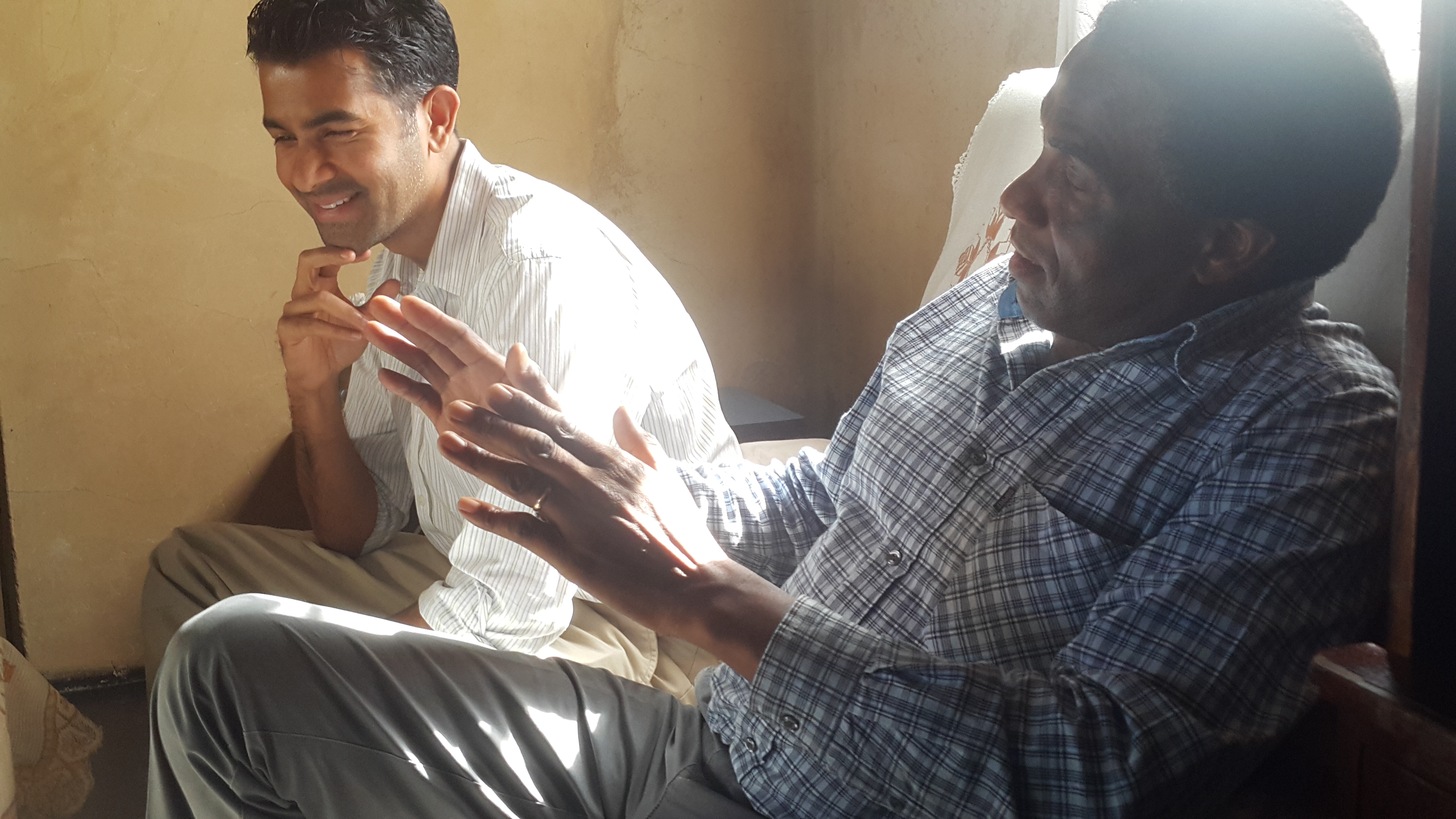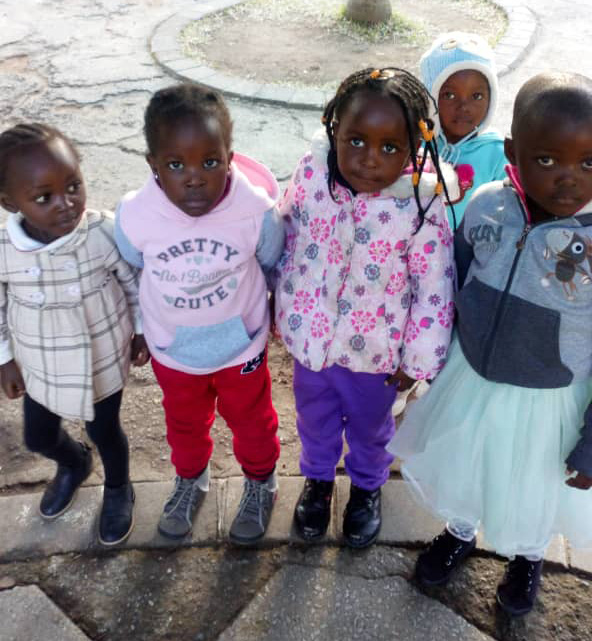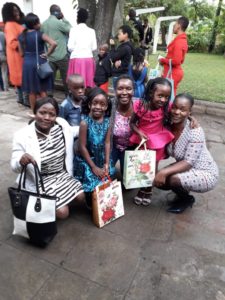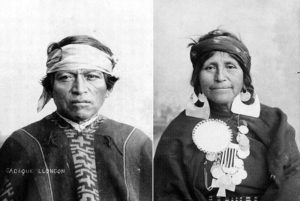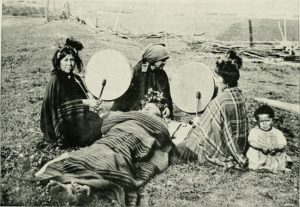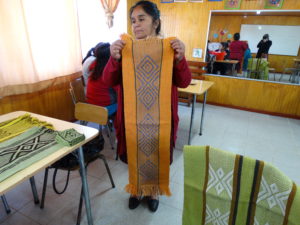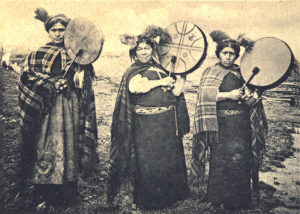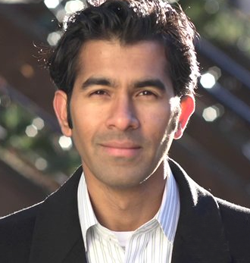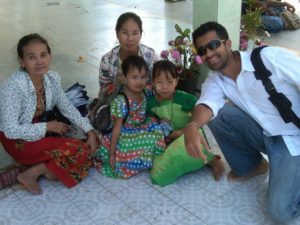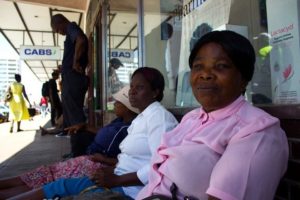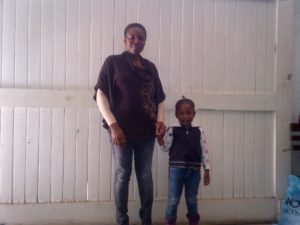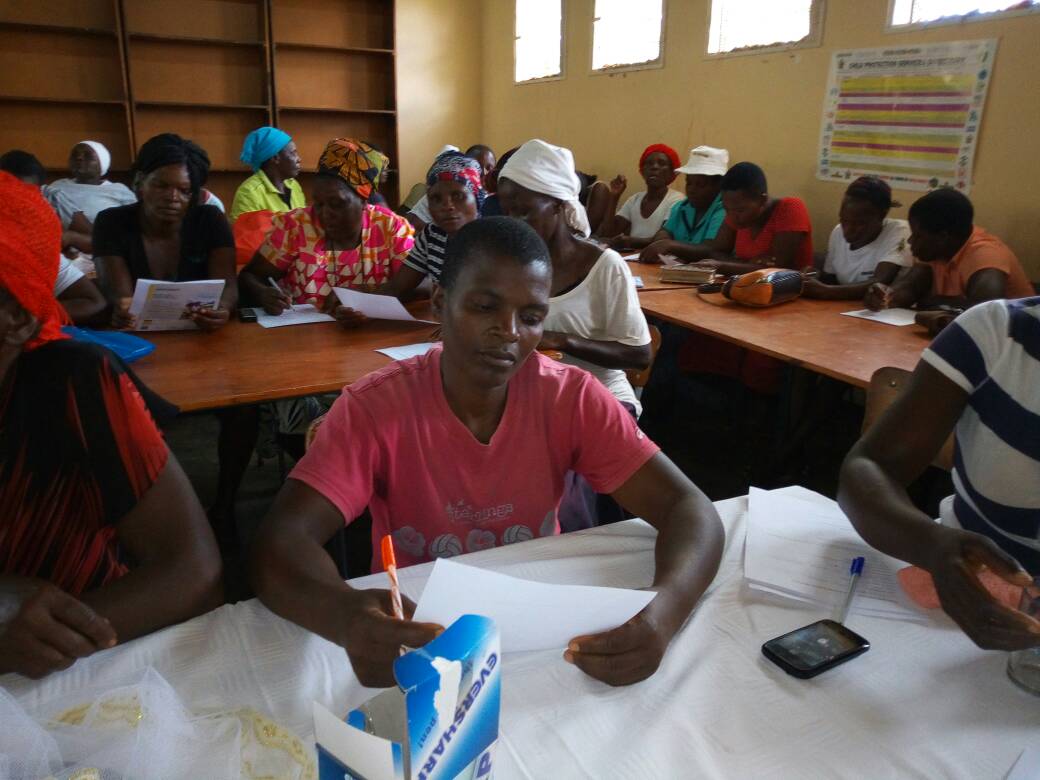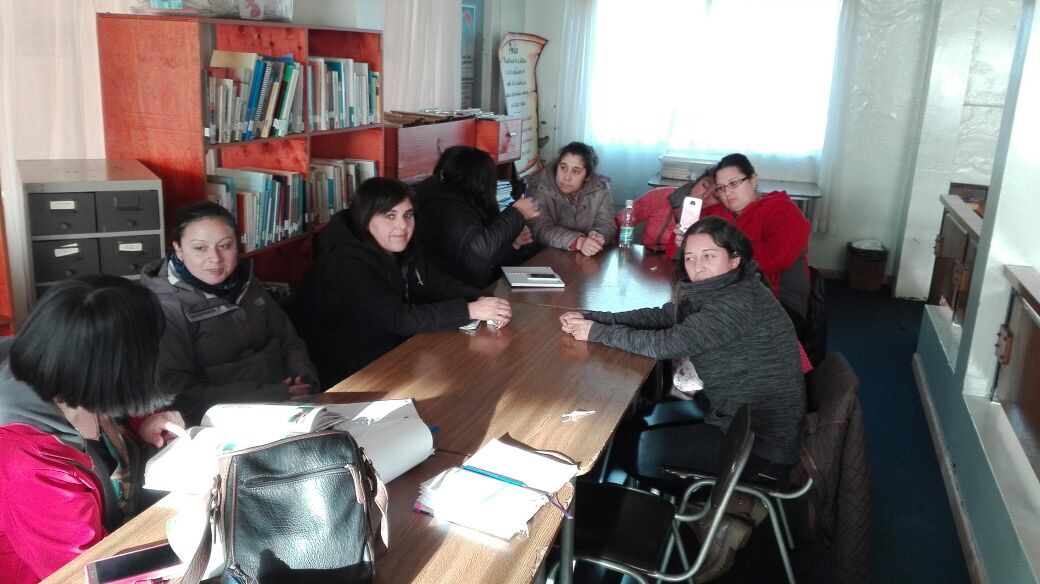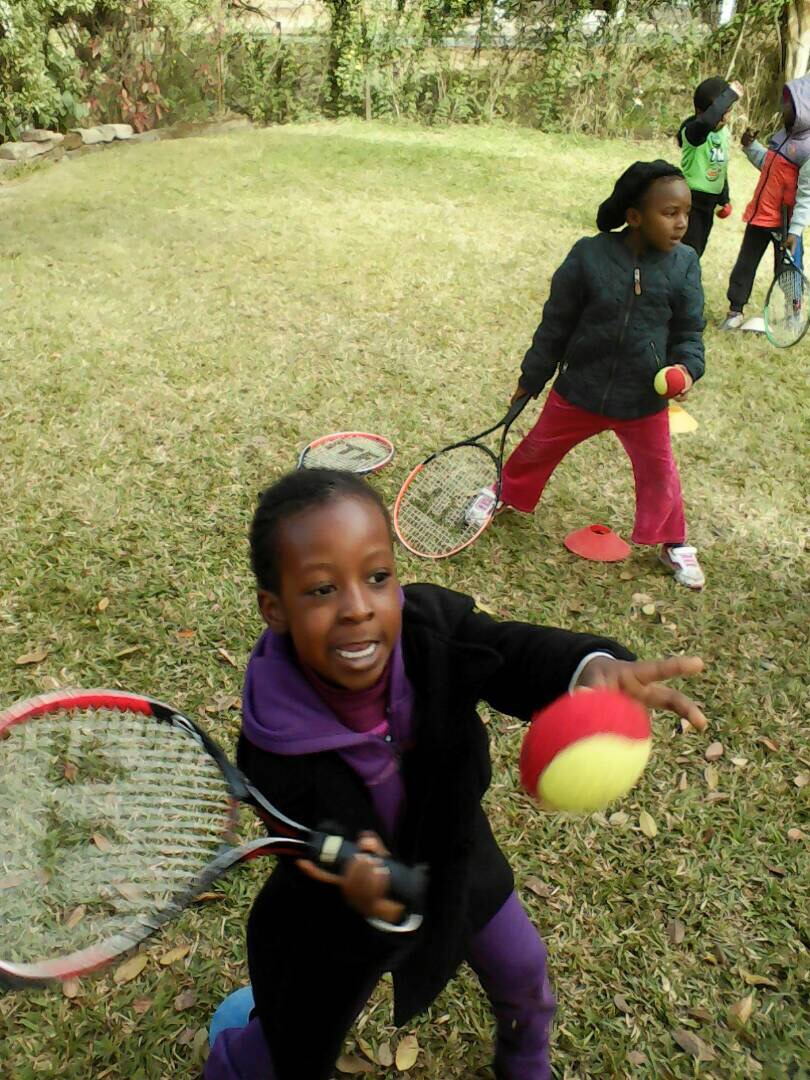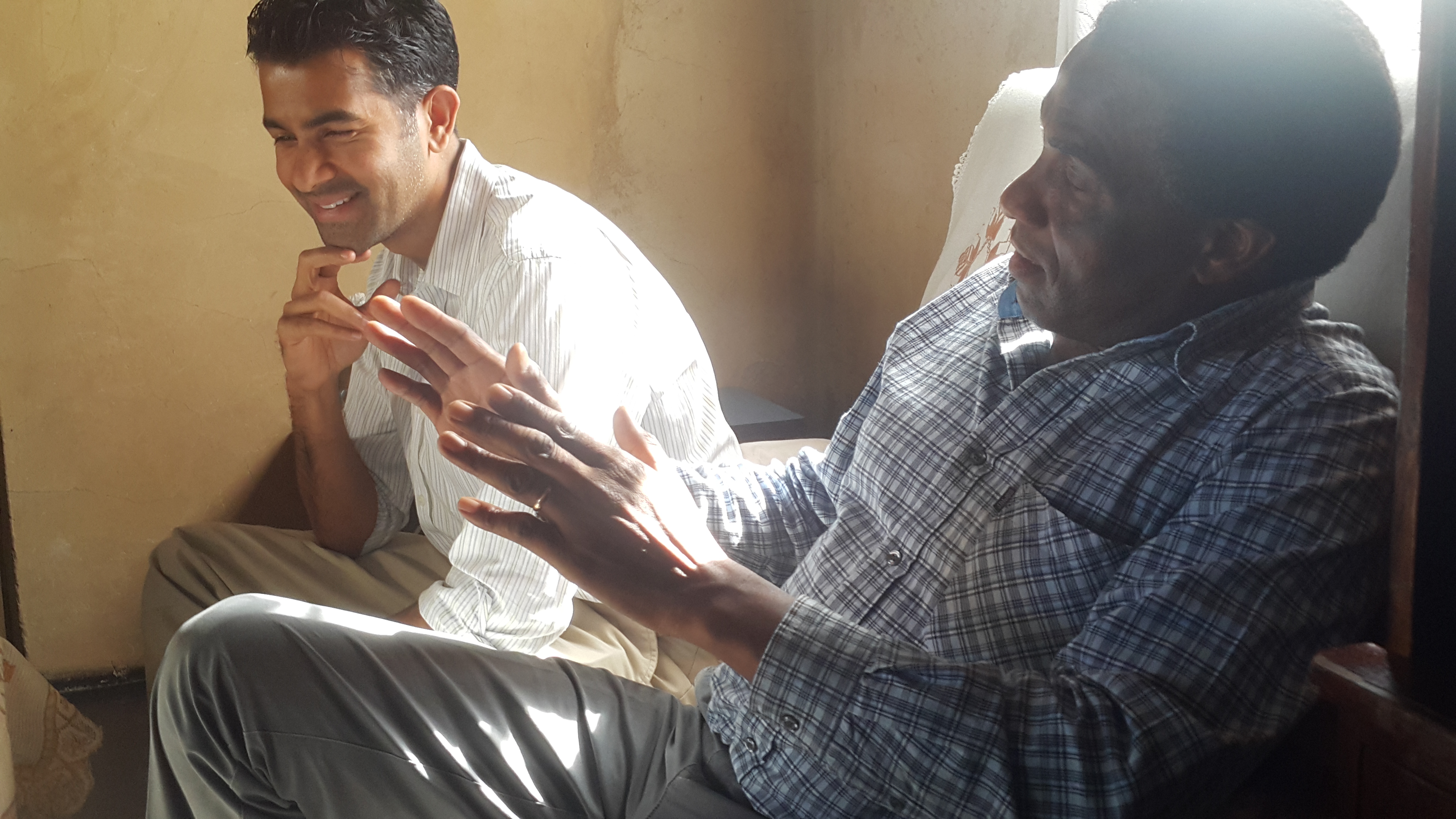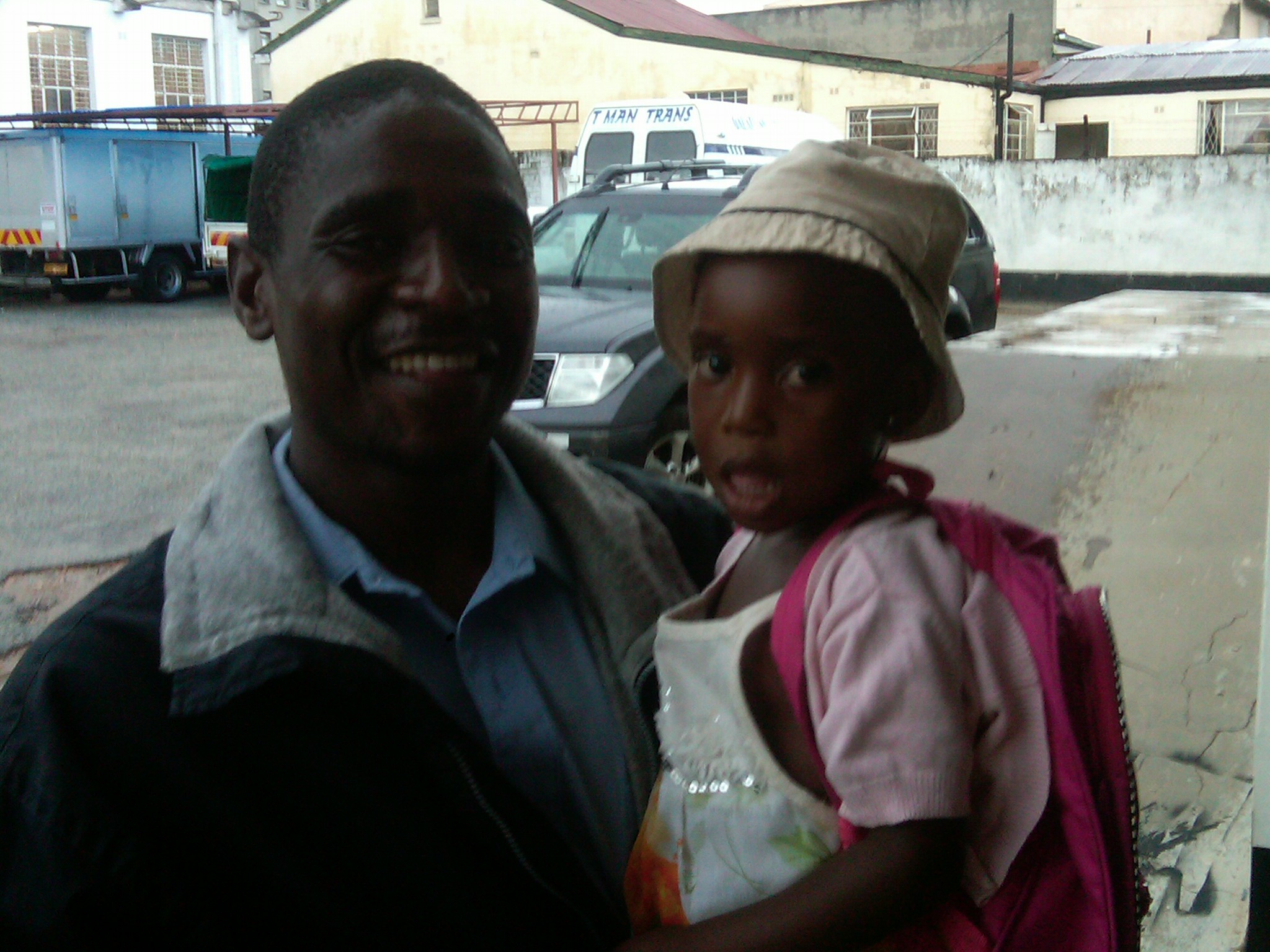If you know SKI Charities, you know we’re passionate about empowering women artists—especially our beneficiaries in Chile who keep their indigenous Mapuche heritage alive in their work. We’re proud to be part of keeping these vulnerable but essential traditions alive.
In many indigenous communities and cultures, art is an enormous part of life. But many indigenous artists—especially women—are under-recognized and underrepresented. Indigenous art is also often appropriated at the expense of the real thing. So we decided to shine a light on some of the indigenous women artists who we’re loving right now:
Maria Hupfield, Canadian/Anishinaabek, performance artist
Toronto-based performance artist Maria Hupfield’s work is hard to describe. That’s partially because her works can look so drastically different from one another, from wearable objects to large-scale sculptures to videos. The through-line in her work is disruption; whether that’s featuring functional objects but rendering them useless or by engaging with colonialism and harmful stereotypes about indigenous people. Her solo exhibition, Nine Years Towards the Sun, can currently be seen at the Heard Museum in Phoenix, Arizona, and her work has also been shown at the Canadian Cultural Centre and the Mount Saint Vincent University Art Gallery. She is currently in residence at the Native Art Department International at Bard Graduate Center.
Jamie Okuma, Shoshone-Bannock and Luiseño, fashion designer
Jamie Okuma’s designs stand at the border of fashion and fine art; of the mainstream and the indigenous. Often taking many months to create a piece, Okuma is known for her careful, intricate beadwork, whether on shoes or on dresses. Whatever she’s working on, she’s constantly drawing on her heritage (she lives on the La Jolla Indian Reservation, after all), often adding an indigenous flair to luxury fashion items like Louboutins. Her work has been shown at institutions like the Metropolitan Museum of Art, the Heard Museum, and the Nelson-Atkins Museum of Art.
Sonya Kelliher-Combs, Iñupiaq and Athabascan, mixed-media artist
Alaska-based Sonya Kelliher-Combs creates paintings, drawings, sculptures and more, all engaging with deeply personal themes, including her identity as a native Alaskan. Using a wide range of materials, Kelliher-Combs’ work often features striking colors and complex textures, and regularly invokes natural themes. Kelliher-Combs is a recipient of a United States Arts Fellowship among other accolades, and her work can be seen at the AIA Museum of Contemporary Native Art, the Anchorage Museum, Alaska State Museum, University of Alaska Museum of the North, Eiteljorg Museum, and The National Museum of the American Indian.
Nathalie Bertin, Métis, French, Anishinaabe and Omàmiwininiwak, multi-disciplinary artist
Nathalie Bertin creates paintings, beadwork and installations that feature big, bold colors and that seek to reclaim images of indigenous people, especially women. Bertin takes this mission beyond her art, too, working in schools as a visiting artist and teaching children about the real history of indigenous people in Canada. Her work can be found in the collections of the Government of Manitoba and Government of Alberta, and has been shown at numerous galleries and museums throughout Canada and beyond.
Christi Belcourt, Michif (Métis),visual artist
Christi Belcourt may be known for her beadwork, which she expertly uses to create intricate paintings and textiles. But her work spans so much wider; including fascinating map-like paintings and portraits. The through-line connecting it all is Belcourt’s deep love and respect for the Earth, and her activism around issues like missing and murdered indigenous women and water protection. Her work has been shown everywhere from the Minneapolis Institute of Art to the National Gallery of Canada to the Batoche National Historic Site.
Krista Leddy, Michif (Métis), visual artist
Krista Leddy’s beadwork is a reflection of the Métis beading traditions she learned from her grandmothers. It’s also a way for her to stay connected to her heritage—and to bring increased visibility to it. Clearly, her efforts and talent aren’t going unrecognized: Last year, Canadian Geographic commissioned Leddy to created a beaded portrait of Métis icon Louis Riel. (You can read more about that, and see Leddy’s fascinating process, here.) Leddy also teacher moccasin making classes, traditional Métis jigging, and finger weaving.


